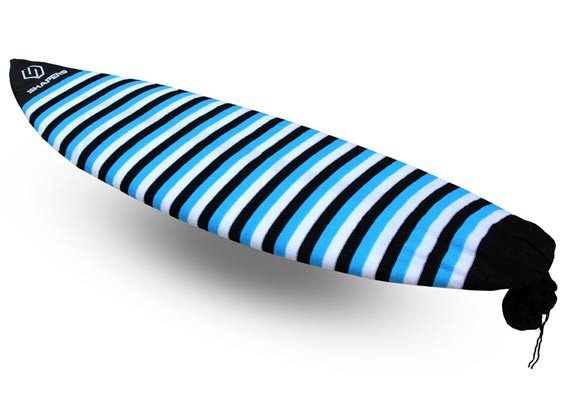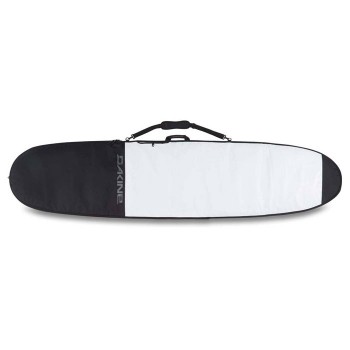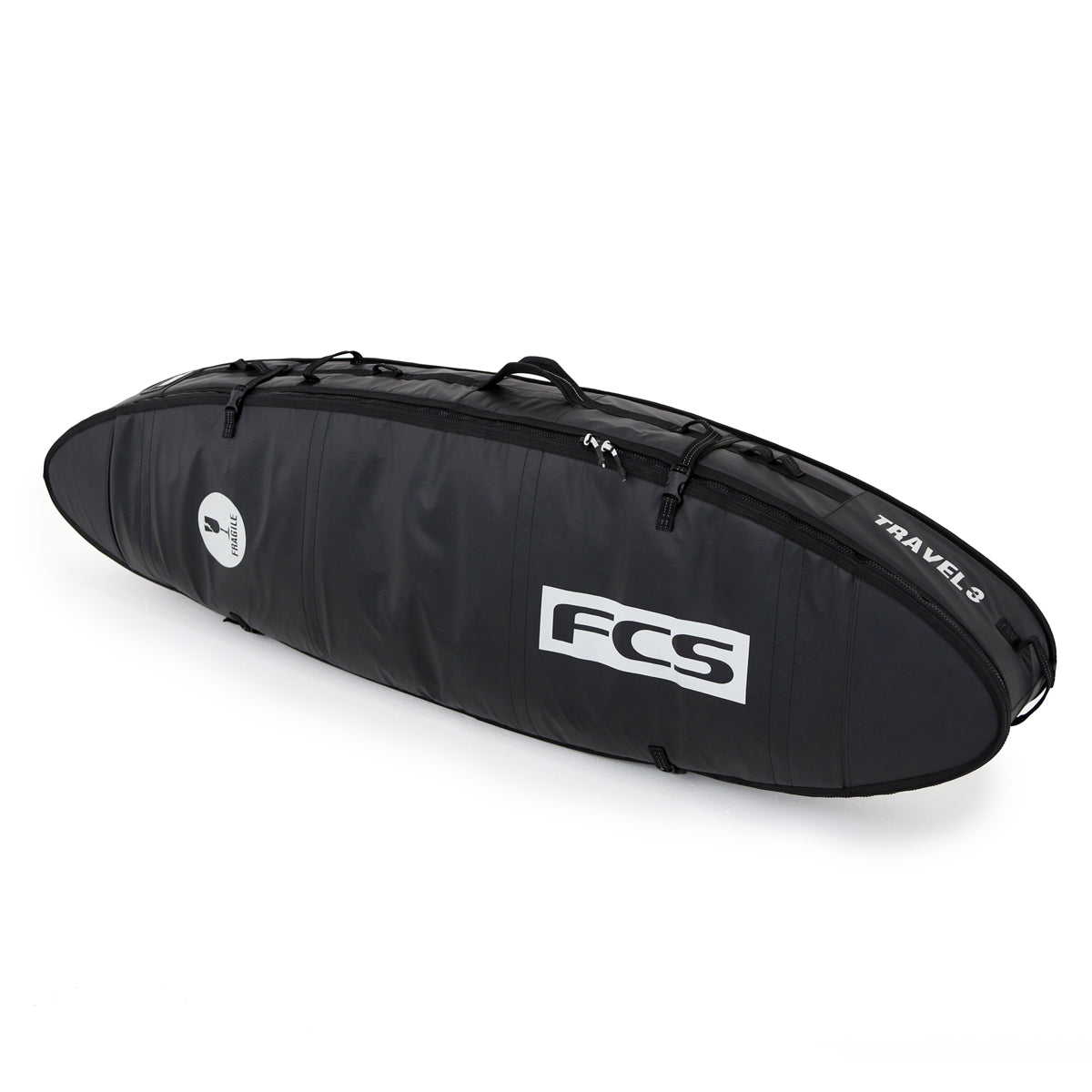Hi everyone, we're back today to talk about surf and traveltwo subjects we know very well 😉
Nowadays, many tourists, regulars and surfers go on surftrips to rediscover the thrill of surfing. Sporty travel has become very trendy in 2023. That's why we'd like to give you an idea of what it's like to travel with your surfboard.
Previously, we have seen together which surfboard to choose or the many reviews of the different destinations we offer. It's time to get to the heart of the matter, and now let's take a look at how we do it. carrying a surfboard, especially by plane.
Of course, these tips can be applied to other types of transport. But we're going to give you a few tips based on our experience.
Types of surfboard cover:
As we all know, the worst thing that can happen is to find your board in a million pieces after you've collected your luggage... That's why there's such a thing as a "board".Several covers for carrying your surfboard:
- The best known, the stretch surf cover (sock).

Very useful for short, regular journeys (surf spots just a few kilometres from home).
- We also find the classic cover (daily).

It's easier to carry thanks to its sturdy strap.
The big problem with these covers is that they don't really protect against impact. They will mainly prevent rubbing in the car or allowing UV rays to yellow the board. This is practical for short trips or trips in the car. But is there a cover that really protects surfboards? The answer is... YES.
There is a solution, called the travel bag surfboard.

As its name suggests, it is literally a surfboard bag, adapted for transport. This type of cover has a PE foam of 10 to 12mm thickness giving safe protection for the boards.. Thanks to this, the cover cushions any blows to the board. Although it doesn't make it indestructible... Some even have compartments for each board or dividers. You can put any other equipment on them - there's usually plenty of room! It's also possible to have castors, but they take up space and are much heavier. It all depends on how many boards you take. But unfortunately, for everyday use on short trips, it's not recommended. That's why this board is best suited to aircraft holds.
A little tip: don't hesitate to take a slightly larger cover for your :
- Protect your board a little more by wrapping it in bubble wrap and/or putting clothes around it.
- Pack your surfing gear! Put on your wetsuits, leash, double daggerboards, poncho... This will make your hold bag lighter!
Protect your surfboard during transport by plane:
For maximum protection, you need reinforcing areas at risk nose & tail. You can even cTo protect them even more, use bubble wrap and scotch tape to make a small, customised sock. Yes, the board is in an adapted cover, but it's important to make sure it's well protected. taking care of our boards. Knowing how delicate luggage handlers are... a suitcase can quickly land on it or even worse, the board can quickly turn into a glider. What's more, once you're off the plane, it's very important to check the condition of the boards... Many went straight to the spotlight and realised that the board was damaged.
You need to be very careful to check the regulations of each airline. Depending on the size and weight of the travel bag, each airline has its own rates and conditions.
To sum up:
- Invest in a quality travel board bag It will protect the board from knocks and bumps.
- Removing drift It's a simple thing to do to avoid finding them dead.
- Dewaxing the board The board cover: to avoid the board sticking to the cover when the temperature rises.
- Protecting the tail and nose with foam or whatever you have to hand, adapted to the board: these are the most sensitive points... be careful!
- Packing the board with bubble wrap as many times as you can
- Add beach towels and all the equipment you need. around the board this will create an extra layer of protection
- Add stickers "Fragile", "Handle with care": to alert baggage handlers to the fragility of your loved one.
As you can see, carrying a surfboard on a plane is no mean feat. You have to plan ahead to ensure that you have enough protection for your board, and above all you have to think ahead. the airline's requirements and conditions.
Companies are now more and more used to seeing boards, and some offer packages. But of course, before you do anything else, you need to weigh up the pros and cons of bringing your surfboard. If the main purpose of your trip is not to surf every day, don't take it with you. You can always hire a board there. Our travel agent Solenne will be able to advise you perfectly on this key point, before your next surftrip at 360 Surf Travel
